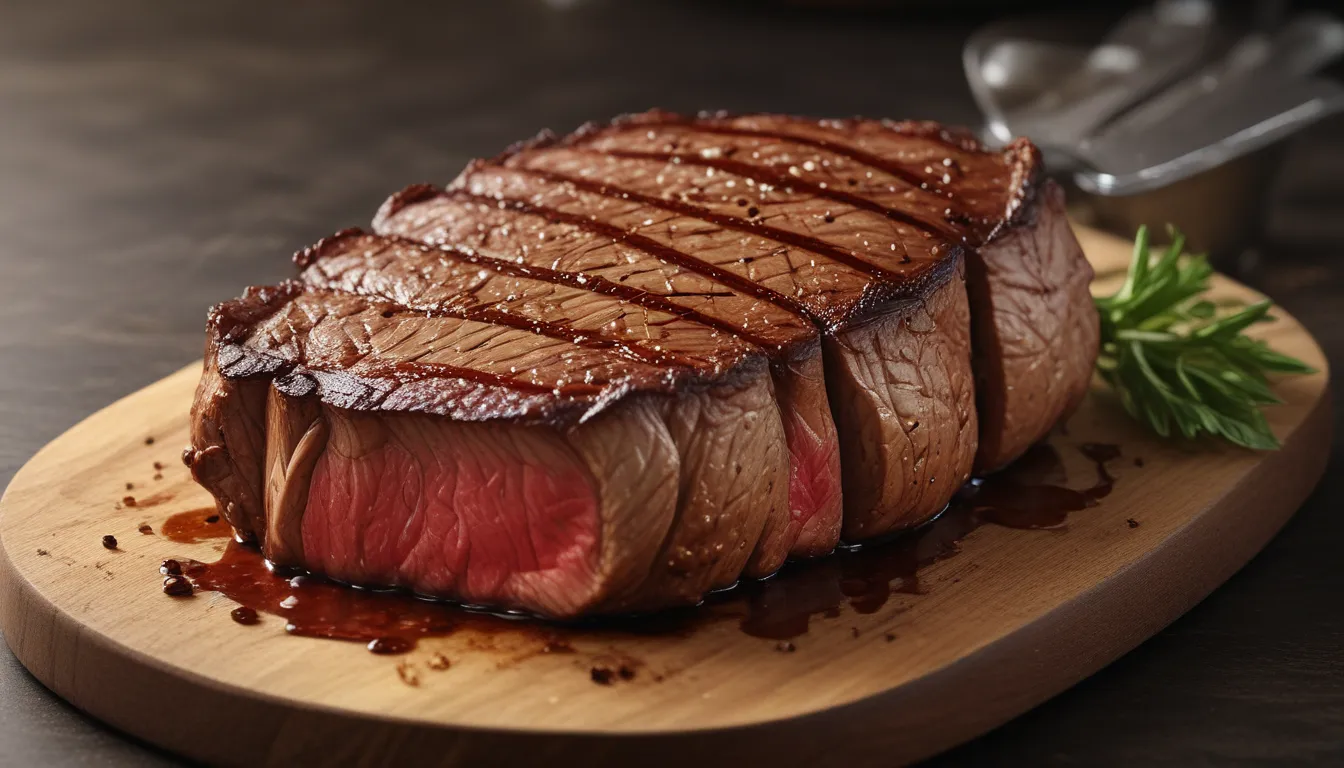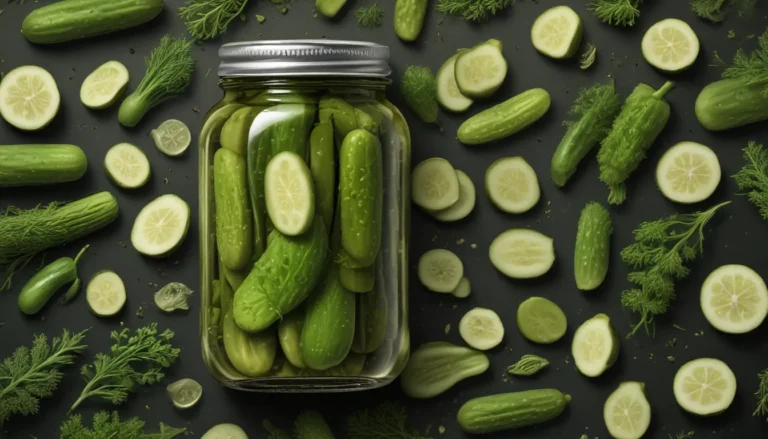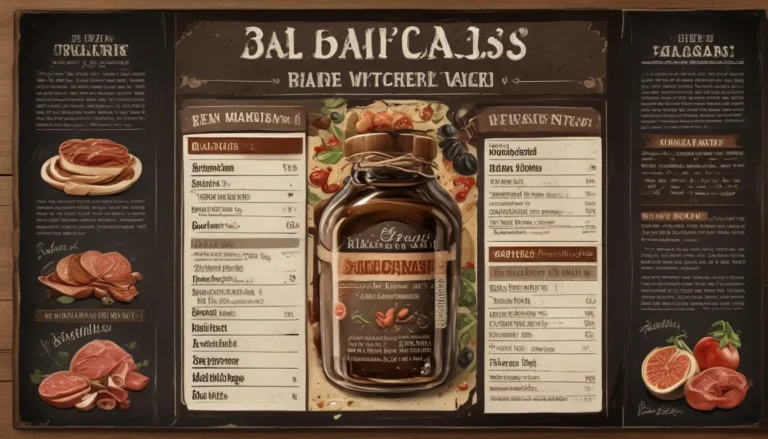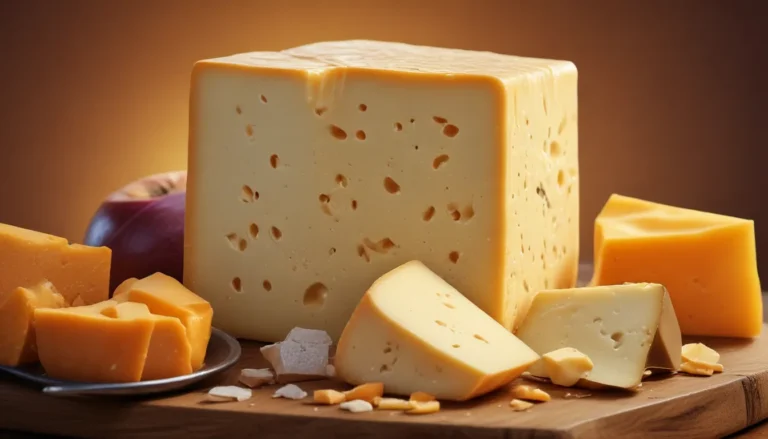The pictures in our articles might not always show exactly what the text is talking about. We use these images to make the article more interesting and eye-catching. They are there to add to the text, but not to replace it or show every detail.
Are you looking to impress your guests with perfectly cooked steaks that rival those of a high-end restaurant? Look no further than the reverse sear method. This innovative cooking technique has been gaining popularity among food enthusiasts and home cooks for its ability to produce tender, juicy steaks with a beautiful crust and evenly pink interior. In this article, we'll explore the fascinating world of reverse sear, including its origins, the science behind it, and the key steps to achieving a flawless reverse-seared steak. Whether you're a seasoned chef or a novice in the kitchen, mastering the reverse sear technique can unlock a world of culinary possibilities and elevate your steak-cooking prowess. Join us on a flavorful journey as we uncover the secrets behind this game-changing cooking method.
Key Takeaways:
- Reverse sear involves slow-cooking meat at a low temperature before finishing it with a high-heat sear to maintain juiciness and flavor.
- This method creates a beautiful crust and works well for thick cuts of meat, offering precise control over doneness and versatility for various meats.
Reverse Sear: A Game-Changing Cooking Technique
The reverse sear method is a culinary technique that has been taking the culinary world by storm. Unlike traditional cooking methods, which involve searing meat first and then finishing it in the oven, the reverse sear technique flips this process on its head. By slow-cooking the meat at a low temperature and then giving it a quick sear at the end, this method ensures a perfectly cooked interior with a caramelized crust, elevating the overall dining experience to new heights.
Preserving Juiciness and Flavor
One of the key benefits of the reverse sear technique is its ability to preserve the juiciness and flavor of the meat. By slowly cooking the meat at a low temperature, the natural juices and flavors are allowed to permeate the meat, resulting in a tender and succulent texture that is unmatched by traditional cooking methods.
Precise Control Over Doneness
Another advantage of the reverse sear method is the precise control it provides over the meat's doneness. By slowly bringing the meat to the desired internal temperature before searing, chefs can achieve a consistent level of doneness from edge to edge, ensuring a perfect medium-rare, medium, or any other preferred level of doneness.
Creating a Beautiful Maillard Reaction
The reverse sear method creates a stunning Maillard reaction, which is responsible for the appealing crust and rich flavor of the meat. By finishing the meat with a high-heat sear, a complex network of savory compounds develops on the surface, enhancing the overall taste and visual appeal of the dish.
Ideal for Thick Cuts of Meat
The reverse sear technique is particularly well-suited for thick cuts of meat, such as ribeye or porterhouse steaks. This method ensures even cooking throughout the entire piece, with the slow, gentle cooking process allowing the center of the meat to reach the desired temperature without overcooking the exterior.
Versatile and Game-Changing
While commonly used for steaks, the reverse sear method can be applied to a variety of meats, including pork chops, lamb racks, and certain types of fish. Its versatility makes it a valuable technique for elevating the flavor and texture of different cuts of meat, making it a game-changer for home cooks and professional chefs alike.
Conclusion
In conclusion, the reverse sear method offers a game-changing approach to cooking meat that results in unparalleled flavor and texture. By starting with low-temperature cooking and finishing with a high-heat sear, this technique ensures a perfectly cooked interior and a beautifully caramelized crust. Embracing the reverse sear not only enhances the dining experience but also empowers home cooks to achieve restaurant-quality results in their own kitchens. Whether you're a culinary enthusiast or a novice cook, mastering the reverse sear will undoubtedly elevate your culinary repertoire and impress your guests with delectable, tender, and succulent meat dishes.
FAQs
Q: What types of meat are best suited for the reverse sear method?
A: The reverse sear method is particularly well-suited for thick cuts of meat, such as steaks, roasts, and chops. Premium cuts like ribeye, filet mignon, and pork loin work exceptionally well with this technique, allowing for precise control over doneness and ensuring a juicy result.
Q: Can the reverse sear technique be used with poultry or fish?
A: While primarily associated with red meat, the reverse sear method can also be adapted for poultry and fish. However, it is important to adjust the cooking times and temperatures according to the specific characteristics of each type of protein to achieve optimal results.
Our Commitment to Quality
Our commitment to delivering trustworthy and engaging content is at the heart of what we do. Each fact on our site is contributed by real users like you, bringing a wealth of diverse insights and information. To ensure the highest standards of accuracy and reliability, our dedicated editors meticulously review each submission. This process guarantees that the facts we share are not only fascinating but also credible. Trust in our commitment to quality and authenticity as you explore and learn with us.






